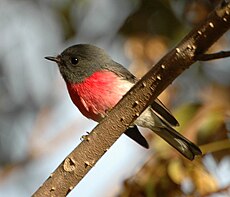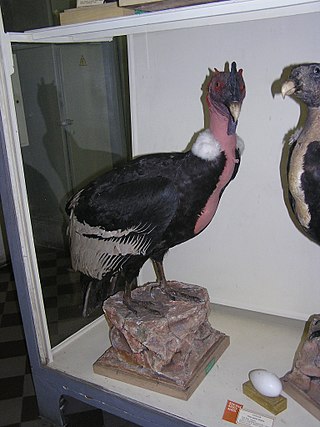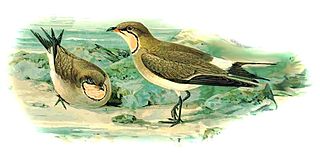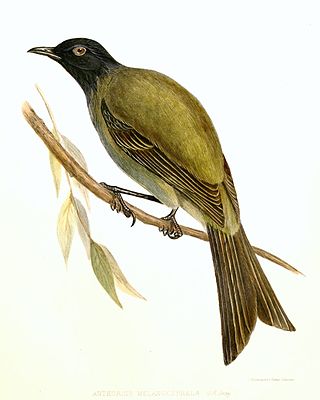
John Gould was an English ornithologist who published monographs on birds, illustrated by plates produced by his wife, Elizabeth Gould, and several other artists, including Edward Lear, Henry Constantine Richter, Joseph Wolf and William Matthew Hart. He has been considered the father of bird study in Australia and the Gould League in Australia is named after him. His identification of the birds now nicknamed "Darwin's finches" played a role in the inception of Darwin's theory of evolution by natural selection. Gould's work is referenced in Charles Darwin's book, On the Origin of Species.
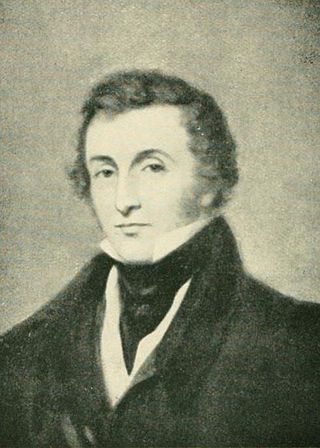
Sir William Jardine, 7th Baronet of Applegarth FRS FRSE FLS FSA was a Scottish naturalist. He is known for his editing of a long series of natural history books, The Naturalist's Library.
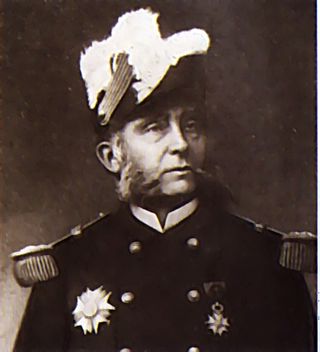
Abel-Nicolas Georges Henri Bergasse du Petit-Thouars was a French Navy officer who took part in the Crimean War, the Boshin War, the Franco-Prussian War and the War of the Pacific. He is considered a hero in Peru, and is known there as the Savior of Lima.

Louis-Marie Aubert du Petit-Thouars was an eminent French botanist known for his work collecting and describing orchids from the three islands of Madagascar, Mauritius and Réunion. The standard author abbreviation Thouars is used to indicate this person as the author when citing a botanical name.

Thomas Allom was an English architect, artist, and topographical illustrator. He was a founding member of what became the Royal Institute of British Architects (RIBA). He designed many buildings in London, including the Church of St Peter's and parts of the elegant Ladbroke Estate in Notting Hill. He also worked with Sir Charles Barry on numerous projects, most notably the Houses of Parliament, and is also known for his numerous topographical works, such as Constantinople and the Scenery of the Seven Churches of Asia Minor, published in 1838, and China Illustrated, published in 1845.
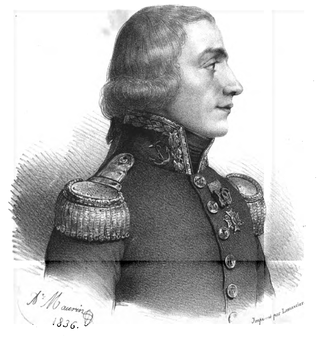
Aristide Aubert du Petit-Thouars was a French naval officer, and participant of the French defeat at the Battle of the Nile, where he was killed in action.
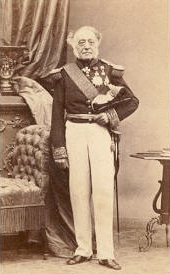
Abel Aubert du Petit-Thouars was a French naval officer important in France's annexation of French Polynesia.
Dupetit Thouars may refer to:

The Zoology of the Voyage of H.M.S. Beagle Under the Command of Captain Fitzroy, R.N., during the Years 1832 to 1836 is a 5-part book published unbound in nineteen numbers as they were ready, between February 1838 and October 1843. It was written by various authors, and edited and superintended by Charles Darwin, publishing expert descriptions of the collections he had made during the Beagle voyage.

Alexandre Boreau was a French pharmacist and botanist. He is the binomial authority of plants such as Polygonum arenastrum and Pulmonaria longifolia. The standard author abbreviation Boreau is used to indicate this person as the author when citing a botanical name.
Adolphe-Simon Neboux (1806–1844) was a French surgeon and naturalist who accompanied the frigate Vénus under command of Admiral Abel Aubert du Petit-Thouars between the years 1836 and 1839, visiting the Pacific coastline of North America and the Galápagos Islands.

The expedition members were:

The era of European and American voyages of scientific exploration followed the Age of Discovery and were inspired by a new confidence in science and reason that arose in the Age of Enlightenment. Maritime expeditions in the Age of Discovery were a means of expanding colonial empires, establishing new trade routes and extending diplomatic and trade relations to new territories, but with the Enlightenment scientific curiosity became a new motive for exploration to add to the commercial and political ambitions of the past. See also List of Arctic expeditions and List of Antarctic expeditions.
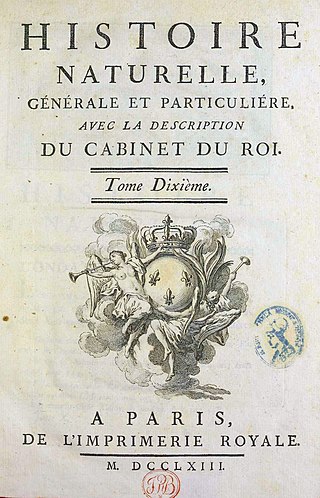
The Histoire Naturelle, générale et particulière, avec la description du Cabinet du Roi is an encyclopaedic collection of 36 large (quarto) volumes written between 1749–1804, initially by the Comte de Buffon, and continued in eight more volumes after his death by his colleagues, led by Bernard Germain de Lacépède. The books cover what was known of the "natural sciences" at the time, including what would now be called material science, physics, chemistry and technology as well as the natural history of animals.
This page is based on this
Wikipedia article Text is available under the
CC BY-SA 4.0 license; additional terms may apply.
Images, videos and audio are available under their respective licenses.
